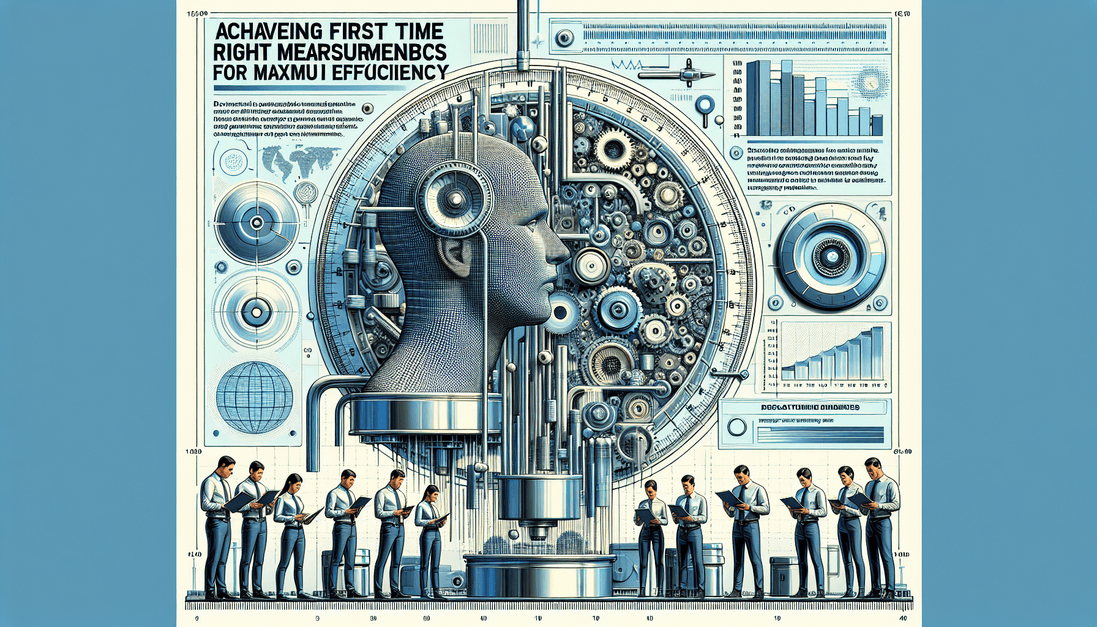Mastering Defect Rate Analytics for Enhanced Operational Excellence
Mastering Defect Rate Analytics for Enhanced Operational Excellence You ever sit down in a meeting, staring at charts, and wonder, “What does all this mean?” Your team is crunching numbers, but the defect rates aren’t what you hoped for. Each number seems just as baffling as the last. Does that resonate? Because it sure does for many of us in the shared services industry. Listen, understanding defect rate analytics can feel like solving a Rubik’s cube blindfolded. But it’s crucial for enhancing operational excellence. With over 20 years in shared services—from leading large-scale setups to navigating the complex landscape of outsourcing—I’ve seen firsthand how critical defect analysis is. Let’s break it down together. Why Should You Care About Defect Rate Analytics? Here’s the thing: defect rates directly impact your operational efficiency. Whether you’re in finance, customer service, or tech, a high defect rate signifies problems that ripple through every department. Think about that for a second. High defects mean more rework, missed deadlines, and disgruntled customers. And if that isn’t enough to motivate you, consider this: Reduced operational costs Improved employee morale Enhanced customer experience Breaking Down Defect Rate Analytics So, what is defect rate analytics? At its core, it’s a method to measure the number of defects in your processes. Easy peasy, right? But it’s what you do with that data that sets the high performers apart from the rest. Here’s my simple framework for mastering it: 1. Data Collection You can’t improve what you don’t measure, folks. Start by gathering data on your processes. What kinds of defects are common? At what stage of the process do they occur? How often do they happen? 2. Analysis Time to roll up those sleeves. Analyze the data to find trends. You might discover that defects cluster in one specific area or with a particular team. This kind of insight is gold. 3. Prioritization Not all defects are created equal. Focus on those with the highest impact first. This will maximize your efforts and resources, ensuring you don’t waste time on low-hanging fruit. Real Stories, Real Results I remember working with a major client, one of those global giants. They had a defect rate that looked like a mountain range—up and down, unpredictable. After applying defect rate analytics, we found that a significant percentage of defects stemmed from a single, outdated software tool. The team rallied together, replaced that tool, and within months, their defect rate dropped by 30%. That’s not just numbers; that’s impact. Implementing Change: The Human Element Now, let’s not forget about the people involved. Defect rate analytics isn’t just a numbers game—it’s about people. If your team feels like defects are inevitable, they won’t be motivated to improve things. Be transparent. Share your findings with the whole team. Get them involved in the solutions. Tips for Fostering Engagement: Hold regular feedback sessions. Celebrate small wins. Encourage a culture of continuous improvement. The Role of Technology In today’s world, tech plays a pivotal role. Tools are available that can automate data collection and analysis. Think dashboards, AI, or machine learning algorithms. Those tools can provide real-time data that lets you spot defects as they happen, not after the fact. If you haven’t started looking into tech support, get on that train before it leaves the station. Next Steps: Putting It All Together Alright, time to recap. Here’s your roadmap for mastering defect rate analytics: Collect data diligently. Analyze and identify trends. Prioritize defect mitigation efforts. Involve your team and foster a culture of improvement. Leverage technology to support your efforts. Your Journey Toward Operational Excellence Mastering defect rate analytics isn’t a quick fix. It’s a journey. But the destination—enhanced operational excellence—is worth the trek. As you implement these strategies, remember to check in with the team often. Their perspectives could reveal considerations you might overlook. Get ready to climb that mountain of data and turn those defect peaks into valleys. Together, let’s transform shared services operations and set ourselves up for success. If you’re eager to dive deeper into shared services topics like transformation, innovation, and leadership, then the THEGBSEDGE blog is your go-to resource. Written by yours truly, Vikrant Aglawe, with insights from over two decades in the field of shared services.
Mastering Defect Rate Analytics for Enhanced Operational Excellence Read More »









